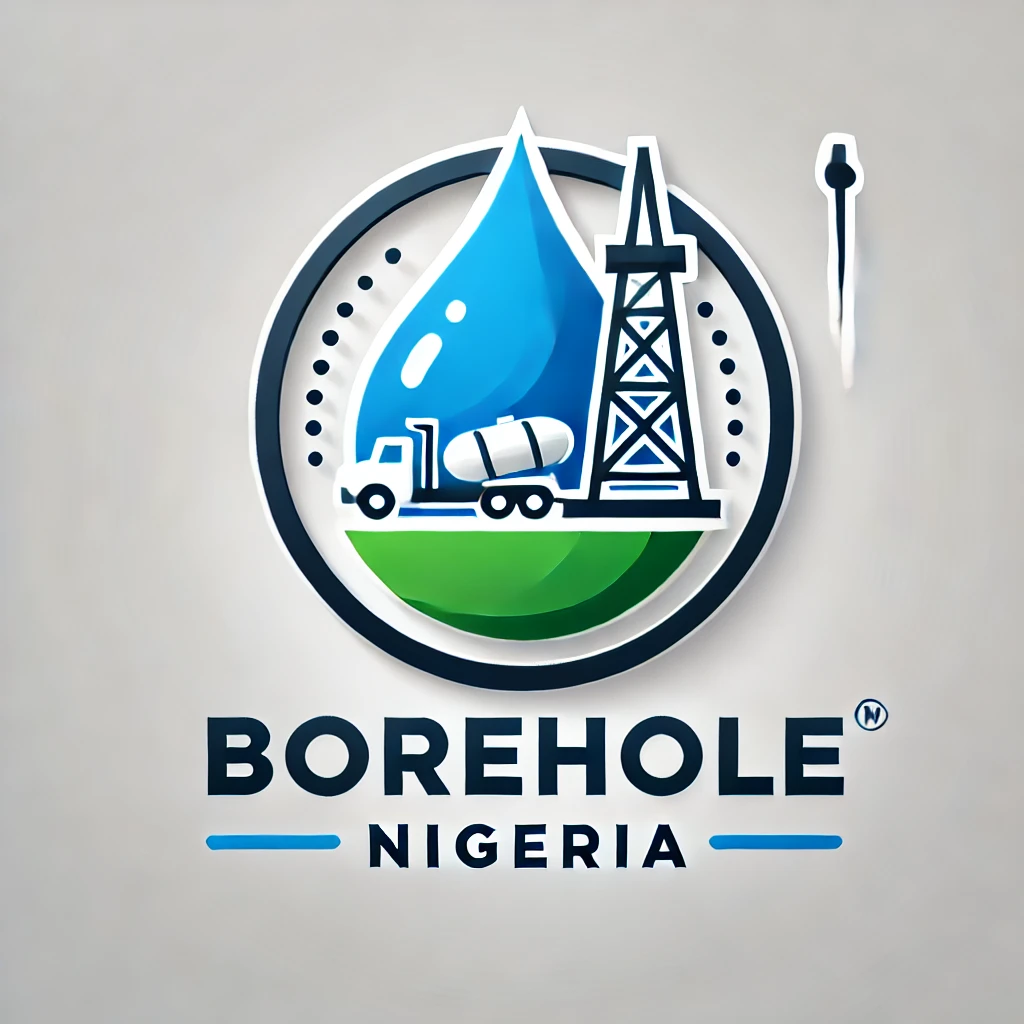The Kola Superdeep Borehole revealed a wealth of surprising discoveries that challenged existing scientific theories about the Earth’s crust. Drilled to a depth of 12,262 meters (40,230 feet), it remains the deepest artificial point on Earth. Over its 24 years of active drilling (from 1970 to 1994), scientists encountered several unexpected findings that provided new insights into the structure and composition of the Earth’s crust. Here’s a detailed look at what was found:
1. Unexpected Presence of Water
One of the most surprising discoveries was the presence of water at depths where it was not expected. Geologists found water in the form of highly pressurized fluids trapped within rock fractures down to depths of several kilometers. These fluids were not surface water but were believed to originate from deep within the Earth’s crust, driven upward by the immense pressure. This discovery challenged the prevailing belief that the Earth’s crust at such depths would be dry.
2. High Temperatures Beyond Expectations
As the borehole reached greater depths, scientists anticipated encountering temperatures of around 100°C (212°F). However, temperatures soared to 180°C (356°F) at 12 kilometers deep, far exceeding expectations. This intense heat caused the surrounding rock to behave plastically rather than as solid rock, creating significant challenges for continued drilling. This unexpected thermal gradient led to new understandings of heat flow within the Earth’s crust and suggested that deep drilling projects must account for higher temperatures.
3. Porous and Fractured Rock Composition
Contrary to initial expectations of solid, dense rock, the drilling team encountered porous and fractured rock formations at greater depths. These rocks were unexpectedly permeable and structurally weak due to intense fracturing. This observation suggested that the Earth’s crust, at least in the regions studied by the borehole, was more complex and heterogeneous than previously thought. The permeability of the rocks also contributed to the surprising discovery of deep-lying water.
4. Discovery of Microfossils
Perhaps one of the most intriguing findings was the discovery of microfossils of ancient, single-celled marine organisms, such as plankton, in rock samples taken from depths of up to 6.7 kilometers (4.2 miles). These microfossils were found in metamorphic rocks that were more than 2 billion years old. This discovery was significant because it suggested that ancient life could have penetrated much deeper into the Earth’s crust than was previously believed. The fossils were remarkably well-preserved, indicating that the process of metamorphism (the transformation of rocks under pressure and heat) had not completely obliterated signs of life.
5. Absence of the “Mohorovičić Discontinuity” (Moho)
The primary objective of the Kola Superdeep Borehole project was to reach the Mohorovičić discontinuity or “Moho,” which is the boundary between the Earth’s crust and the mantle. However, despite reaching an extraordinary depth, scientists did not encounter this layer as anticipated. The absence of a clear Moho transition zone suggested that the nature of the Earth’s crust is more complex and gradual than the sharp boundary that was expected, prompting scientists to revise their models of the Earth’s subsurface.
6. Mineral and Metal Abundance
Geologists found an unexpected abundance of rare minerals and metals such as gold, copper, and molybdenum within the deeper layers of the crust. This finding highlighted the potential for deep mineral exploration and extraction, although the technical and economic feasibility of such operations remains a significant challenge. The concentration of these minerals also provided clues about the geological history and processes that shaped the region over billions of years.
7. Seismic Anomalies
The data from the borehole also provided new insights into seismic wave behavior in the Earth’s crust. Seismic waves traveled differently through the rocks than scientists had predicted, indicating variations in the crust’s composition and structure. This helped to refine models of how seismic waves propagate during earthquakes, which has implications for earthquake research and understanding Earth’s internal processes.
8. Biological and Chemical Reactions at Depth
At great depths, scientists discovered evidence of biochemical activity that hinted at the possibility of microbial life surviving under extreme conditions. The extreme temperatures and pressures in the deep crust suggest that life, if present, would need to be highly adapted. These findings raised questions about the potential for life in extreme environments, both on Earth and potentially on other planets.
9. Radiation Emissions
There were also unexpected levels of radioactive emissions detected from certain rock types. This provided evidence of the presence of elements such as uranium and thorium and gave insights into the thermal history of the Earth’s crust, including how radioactive decay might contribute to the Earth’s geothermal gradient.
10. Implications for Geothermal Energy
The borehole’s discoveries about temperature gradients and rock permeability have implications for geothermal energy exploration. Understanding the temperature and fluid dynamics at such depths could inform the development of new geothermal energy sources that utilize the Earth’s internal heat more effectively.
Conclusion: A Window into the Deep Earth
The Kola Superdeep Borehole project remains one of the most significant scientific efforts to explore the depths of our planet. While the project was ultimately halted due to technical challenges and unexpected conditions, the findings have profoundly influenced our understanding of the Earth’s crust. From high-temperature anomalies and unexpected water presence to the discovery of ancient microfossils, the Kola Superdeep Borehole has shown that there is still much to learn about the inner workings of our planet.
